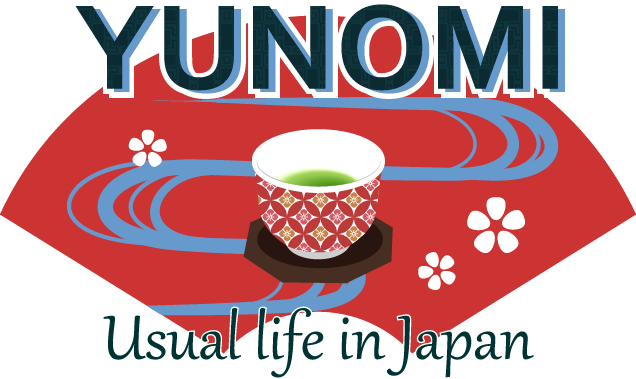-
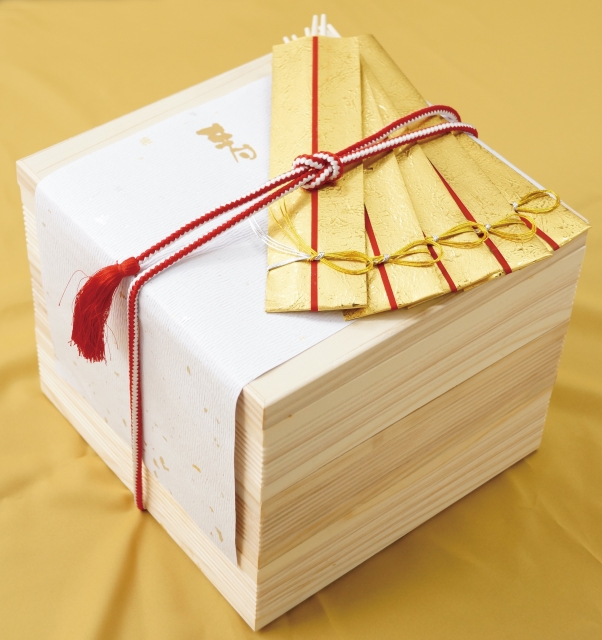
-
Juubako lunch box: It is Luxurious and large lacquered boxes used for special occasions.
Obento, a lunch neatly filled in a box to take away is well-known. It is usually a single box. However, when 2 to 5 boxes are piled up in multiple layers, and with a cover, it's called ‘Juubako' - means piled boxes. A lunch filled in a Juubako must be special Juubako usually carries meals for more than one person while Obento lunch box is usually for a portion for one person. Therefore, Juubako filled lunch is made to be shared, prepared chiefly for the celebratory opportunities such as cherry blossom viewing picnics and an annual family sports day ...
-
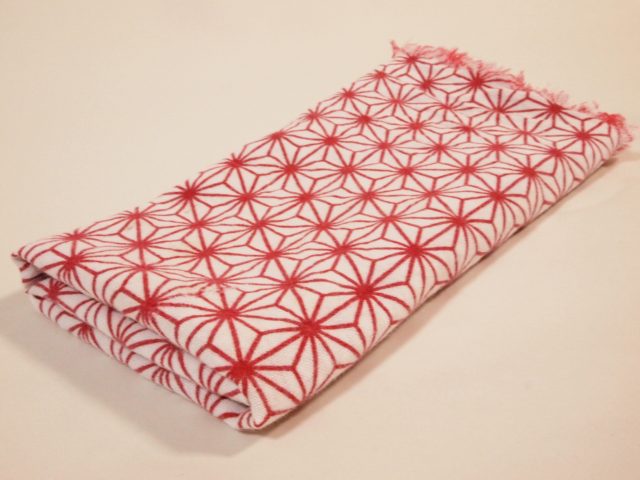
-
Tenugui hand towel has a simple beauty
Have you heard of a 'Japanese style hand towel'? It's called ‘Tenugui' which means ‘hand wipe'. It's a simple and thin cotton sheet about a size of 90cm x 35cm. Unlike western towel which is made from terry cloth, Tenugui is just rough, plain-woven fabric. Both ends are intentionally left un-hemmed to allow it to dry faster for hygienic reasons. In most of the households today, Tenugui is seemingly almost replaced with modern towels in regards to the use of bathing and considered obsolete. However, there's no alternative of Tenugui in some traditional areas. For instance, ‘Kendo' practitioners need Tenugui ...
-
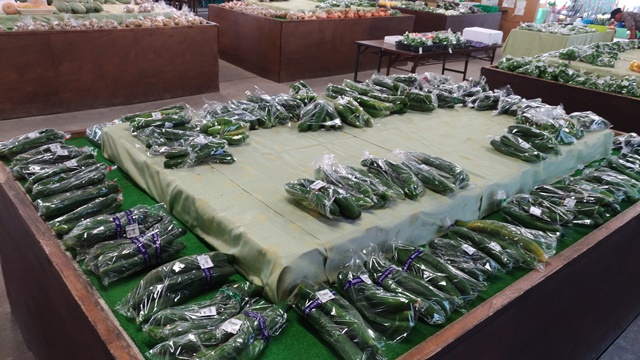
-
Farmers’ Markets and Unmanned Veggie Stalls in Japan: Where Trust and Freshness Meet
In Japan, buying vegetables can feel surprisingly personal. At farmers’ markets—or even tiny unmanned roadside stalls—you’re not just buying food. You’re connecting with the people who grew it. Why Japan Loves Farmers’ Markets Across the country, farmers’ direct-sale markets—called chokubai-jo (直売所)—have become popular spots for both locals and travelers. Each stall sets out freshly harvested vegetables brought in that morning. Many include a name tag, photo, or a short message from the producer: “These carrots were picked today. Please enjoy!” The interesting part is that flavor changes by farmer. Even with the same vegetable—say, green onions—the taste differs because ...
-
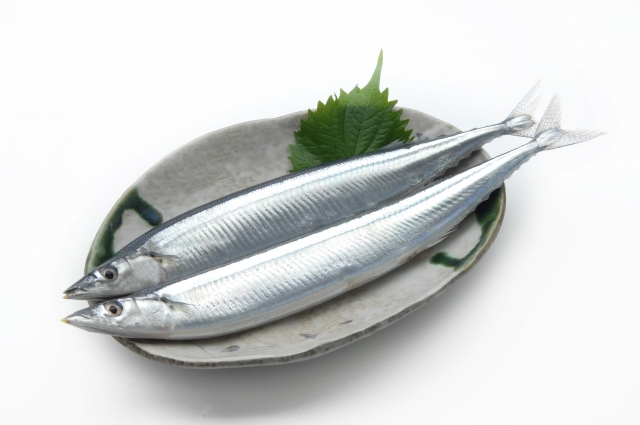
-
Sunma is Very popular fish in Japan
Is the ‘Sanma’ you know the supreme Japanese comedian or the seasonal fish known for its superb taste? End of summer you will start seeing some containers of fresh and fatty Sanma back in the market. Sanma, or Pacific saury, those of overall length of approximately 30 to 35 cm, is a symbol of the approaching autumn. The Sanma Although the price can be changeable according to the supply year by year, they are usually inexpensive. The fresh one is the best when it is prepared simply; sprinkle some salt and grill it. Good squeeze of a fresh citron and ...
-
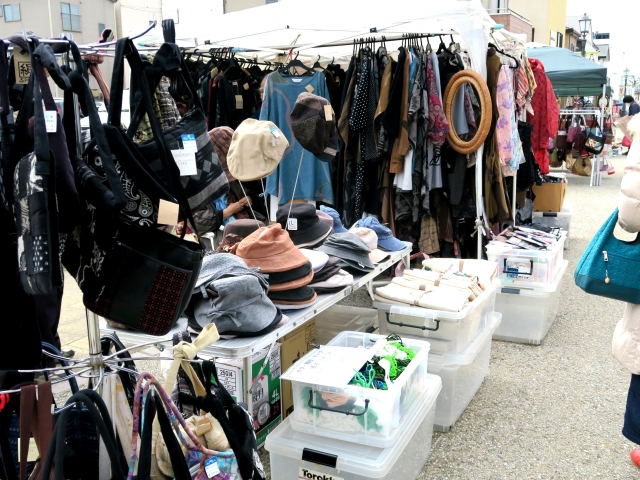
-
Flea Market in Japan: You might find Treasure
Flea market has been progressively common and popular since 1990's in Japan. You can find notices of the events being held every weekend and holiday here and there. Unlike regular antique markets which are usually taken place in the open space of shrine and temple, flea markets usually take place in public space like park or large parking lot. Used clothes are the major items sold at flea market among the other used items from households. Especially, children's items are the most popular – people prefer to procure such items that are used only for a short period at the ...
-

-
Japan School Uniform: Very important! Uniform design decides School Life
Uniform is common in kindergartens, junior high schools and high schools regardless private or public in Japan. They are usually in the shade of dark colours and often come with the matching bag and hat. Especially, the girl student's school uniform can be one of the issues to be taken into account when they make choice of school to go; girls like to enjoy nice uniform every day. Therefore, schools take it into extra consideration when they designate the uniform because the number of applicants can fluctuate according to the style and design of the uniform! Students mostly enjoy modification of ...
-

-
The Japanese still can't understand English,But still we would like to learn English
Despite the known fact that English is largely not understood in Japan, Japanese are very enthusiastic about learning foreign languages, chiefly English. English lesson in official education starts from junior high school when the students are age 13. Private English learning is very common and popular. Parents are keen to raise their children English-friendly. However, the result is as known; Japanese in general does not really understand English. The reason why has been controversial over the years; some attribute to the teaching system which weights much in grammar than practical speaking English. Some say because Japanese are afraid of feeling ...
-

-
Wrapping Service in Japan: Courtesy, Privacy, and Presentation
When you buy a book or a small gift in Japan, it’s common for the shop clerk to wrap it neatly — often within seconds. This may seem surprising in an age of eco-awareness and minimal packaging, but in Japan, wrapping reflects thoughtfulness and respect. Why Bookstores Offer Wrapping In Japan, even a simple purchase like a book often comes wrapped in paper featuring the store’s logo. The clerk folds the corners with precision, creating a neat cover in seconds. So, why is this practice still loved today? 1. Privacy: Many readers prefer others not to know what they’re ...
-
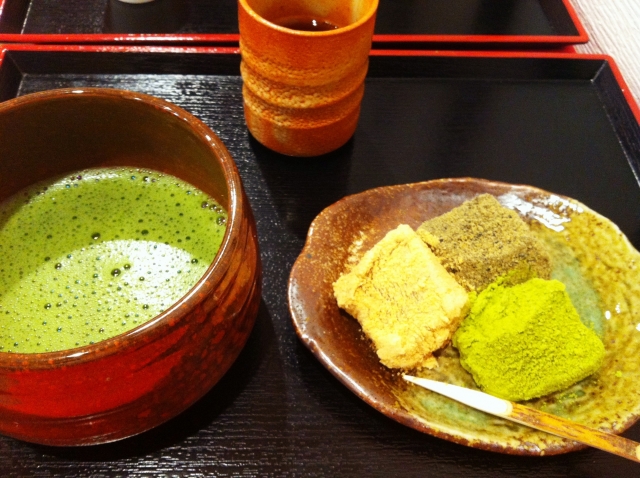
-
Wagashi: An important means to express the seasonal feeling
Do you have anything comes into your mind as for Japanese confectionery? They are made to match with Japanese green tea or Matcha (thick green tea). What is ”Wagashi”? Traditional Japanese confectionery is called ‘Wagashi' which means 'Japanese sweets'. Although there are attempts by Wagashi pâtissiers to use Western techniques to create new types of Wagashi, using eggs and cream etc., Wagashi is traditionally made only from plant ingredients: Azuki red beans which make Anko bean paste, sugar and Kanten agar - no egg nor milk, even wheat flour is not a must. Wagashi different for each season ...
-
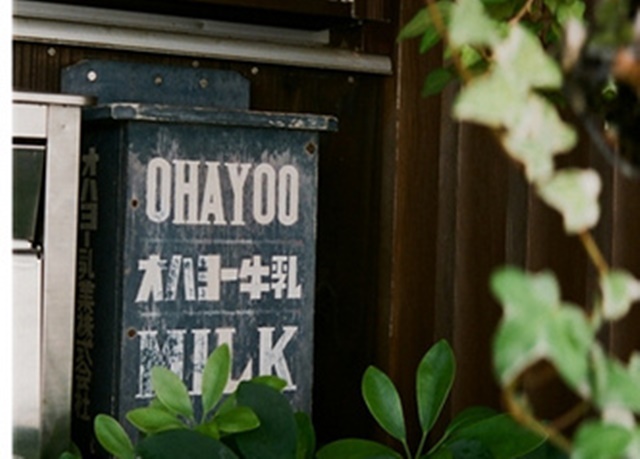
-
Deliver milk to your house
We used to see a little wooden box with a flap lid hung at the house gate. They were to receive delivery of milk bottles. It was a regular sight at anywhere until some decades ago. Such box can be still observed though with much less frequency and now it's made of plastic. Earlier than 1970's, milk used to be a drink to be delivered to home not to buy from the supermarket. Very early in the morning, milk packed in classical glass bottles are delivered by bicycle before -- now by car. Because of the delicacy of the ...
